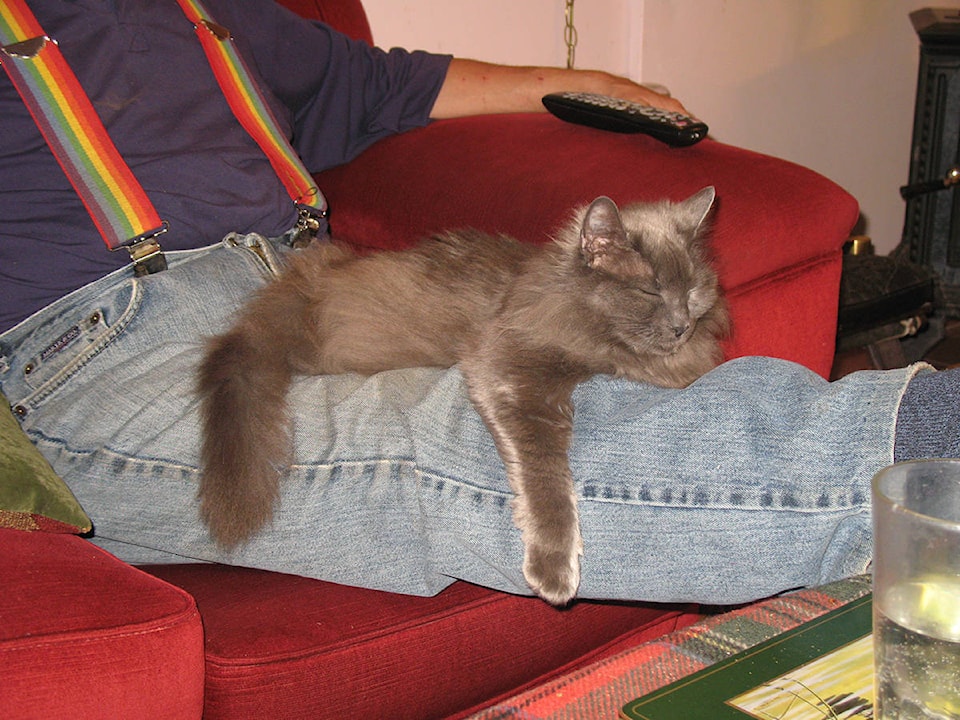By Mary Lowther
Every wise gardener will tell you that the best time to start a garden is “now”. Get out that pot, cordon off that bit of land, be it shady or sunny and embrace the addiction. When I started gardening, double-digging was de rigueur and it certainly was rigorous. Double-digging involves digging down two shovelfuls deep and turning the whole shebang over to make a loose garden bed. When researchers learned that most soil life dwelt in the top few inches, they told us that unless we had a hardpan layer, one shovelful deep was enough.
So I dutifully followed the experts’ advice and on subsequent gardens I only dug into the grassy soil eight or so inches deep and turned that upside down, bit by bit, until the bed was done. This was marginally less work and time consuming; waiting for the upturned clods to break up with the weather then chopping up the clods. But, we were warned, it only worked if there wasn’t a hardpan layer eight to 10 inches deep. A hardpan layer, they said, was compacted soil caused by heavy machinery or animals, impenetrable to vegetable roots and should be broken up when preparing the bed. I have never come across one.
Then I learned about two easy methods that take much less effort, and since researchers have found that several years of gardening eventually softens up any possible hardpan, there’s no going back to laborious digging that does, admittedly, develop great biceps. I tell David that sitting on the couch eating bon bons also develops great biceps. Since then, more inventive gardeners than me have developed other great methods but I haven’t tried them yet since these two have worked so well.
The first method is cheapest and easiest, but it takes longer before you can use the bed, and if your subsoil is sandy gravel like mine, you won’t grow root crops in the first couple of years. Eventually the soil does build up though. Measure out where you want the bed to go. Mow down the vegetation, leave it in place and water it well. Cut a piece of clear plastic to that size, lay it on the bed, tightly batten down all the edges and leave it for a few months. The weeds and grass will proliferate under the plastic then turn brown and die. Remove the plastic and dead vegetation and plant the garden.
The second method costs a bit more but produces a plot you can immediately garden. Lay out the bed as in the first method, mowing and watering as before. Then lay sheets of newspapers two or three thick over the area and spread compost and re-hydrated coir (coconut fibre) over it all to a depth of a few inches. If you have any garden soil, lay this on top. Although we are told that the newspaper rots down enough for roots to penetrate, this didn’t happen for me and plant roots remained in the thin layer above, so I learned to poke holes all over with a garden fork right through the newspaper and into the soil below. Sprinkle organic fertilizer on top at the rate of four litres per hundred square feet and lightly hoe it in. Plant the vegetable garden right away. The vegetation under the papers will have rotted by the time vegetable roots reach the soil.
Start small. It is better to do a small plot justice than to work a large plot poorly. Once you get the hang of gardening and practice growing on a small scale you won’t be able to stop yourself from expanding but by then you’ll have a good idea of what to do.
Plan on buying a soaker hose and check out garage sales for a regular hose and garden tools. I use second hand hoses to cut to size and connect between my soaker hoses and the tap.
If you keep an agenda book, write down any gardening chores that need to be scheduled in so they won’t be forgotten. Sowing, transplanting, weeding, watering and fertilizing can be placed on a schedule for the whole growing season, so if someone asks if you’re available on a day you’re meant to do a gardening chore you can confidently point to your agenda book and say: “Oh, sorry, I’m busy that day.”
Please contact mary_lowther@yahoo.ca with questions and suggestions since I need all the help I can get.
